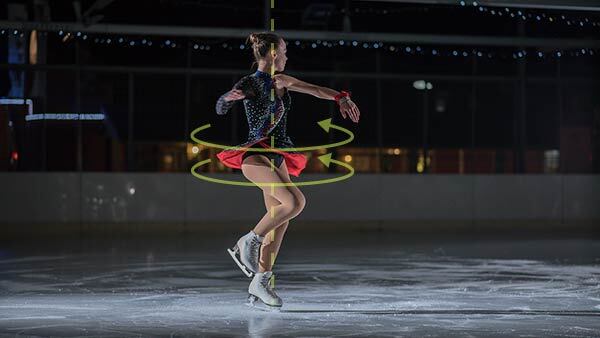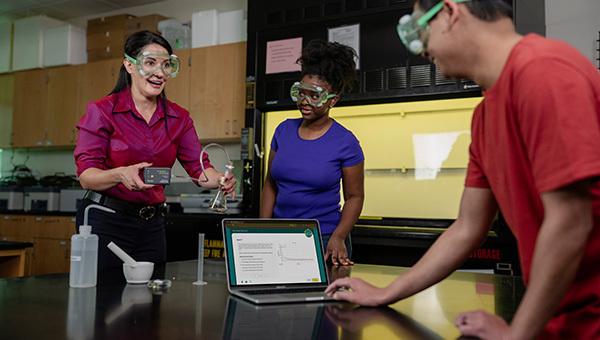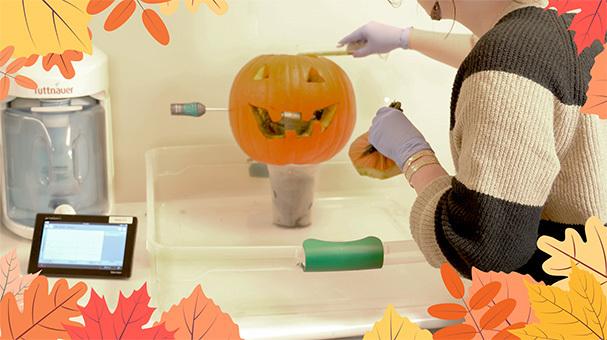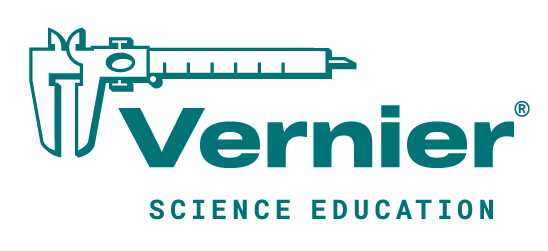Shop
- Professional Development
- Webinars
Webinars
Our webinars offer innovative ways to engage students with STEM in traditional classroom or virtual environments. Our experienced educational technology specialists will walk you through experiments that students can do using our free sample data.
Upcoming Webinars
From Figure Skaters to Grandfather Clocks: Angular Momentum in Action

Tuesday, December 2, 2025
4:00—5:00 p.m. PST | 7:00—8:00 p.m. EST
What happens when a spinning figure skater pulls in their arms? How does a playground merry-go-round change speed as students jump on or off? How do you fix a slow-ticking grandfather clock? Join Vernier physics experts as they demonstrate hands-on investigations into angular momentum conservation and pendulum motion using the Go Direct® Rotary Motion Sensor.
Recent Webinars
Save Time, See Progress: Combine Hands-on Learning with Engaging Digital Instruction

Looking for ways to make hands-on science easier to integrate with your curriculum—while saving time on assessment? Join former middle school science teacher and Vernier expert Kimberly Finkelman and Texas high school science teacher Rebecca Orcutt for a look at how Vernier Connections® powered by Penda can support real-world science learning in your classroom.
Agricultural Science Essentials: Vernier Tools for Modern Ag Education

Give your students a hands-on introduction to the technology and scientific concepts that power today’s agriculture and natural resource careers. Vernier biology expert Dr. Sara Tallarovic explores how sensor-based investigations can help students make real-world connections while developing problem-solving, critical-thinking, and data-analysis skills essential to careers across agriculture, food, and natural resources.

Road to the KidWind Challenge: Preparing Students for Competition Success

Whether you’re a first-time coach or returning for another round of renewable energy innovation, this session will help you prepare students for success at both in-person and online KidWind Challenge events.
Join Vernier Director of Physics Fran Poodry, along with KidWind Challenge organizers David Budai and Remy Pangle, as they walk you through practical strategies, insider tips, and real-world tools to support student success. You’ll come away with a clearer understanding of the competition—and how to empower your students through hands-on engineering, collaborative problem-solving, and confident presentation skills.
View on KidWind website. You may be asked to create an account.

Modeling the Invisible: Using Conductivity to Demonstrate Polyatomic Ions

Join chemistry educator Larry Dukerich and Vernier chemistry specialist Nüs Hisim as they demonstrate how the Go Direct Conductivity Probe helps students understand polyatomic ion dissolution through hands-on investigation. |
View on AMTA website. You may be asked to create an account.

Fall Into Science: Seasonal Investigations with Vernier

Ready to turn over a new leaf in your science teaching this fall? Join Vernier experts Colleen McDaniel, Fran Poodry, and Nüs Hisim along with Vernier Trendsetter and high school educator Stacy Trosin in this special webinar presented in partnership with NSTA (National Science Teaching Association), as they demonstrate cross-curricular seasonal investigations that engage students and help solidify understanding of key concepts.
From “puking pumpkins” to decomposing leaves, you’ll explore biology, chemistry, and physics experiments that connect real-world phenomena with timely, hands‑on learning.
View on NSTA website. You may be asked to create an account.

Math and Science Integration: Wireless Data Collection Strategies

View on Texas Instruments website. You may be asked to create an account.
The Chemistry of Sauces: Exploring Food Chemistry with Vernier

Past Webinars
When it comes to on-demand professional development for science educators, we’ve got you covered—explore our online training library today!
Get Personalized Training
Interested in free professional development specific to your needs? Request a free personalized virtual training with our experts.
Don't miss a webinar!
Subscribe to our monthly newsletter, Beyond Measure.
